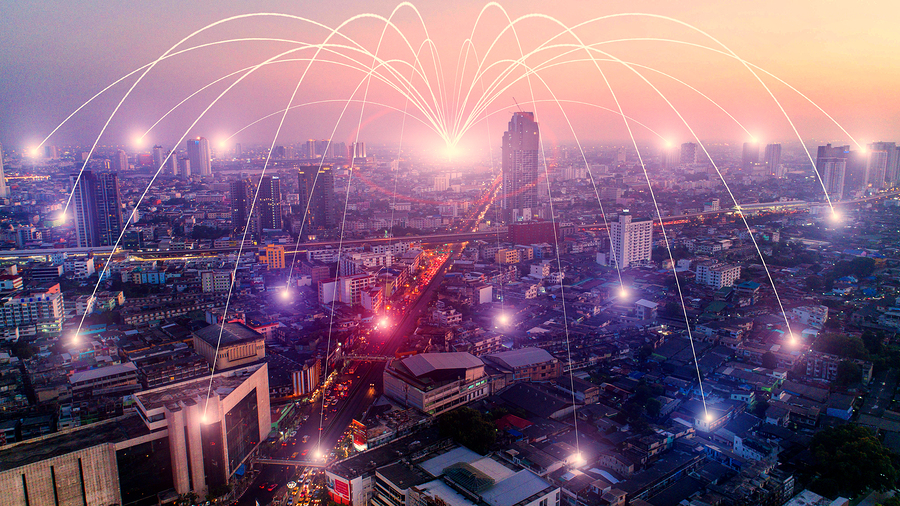Fiber internet connections are spreading throughout the United States. A growing number of businesses and residences in San Antonio and other parts of the country can now access speeds of 1 gigabit per second, and it’s thanks to the fiber-optic cables that now run directly to their buildings. These cables transmit information using flashing lights instead of electric pulses, and since light moves much faster than electricity, it can send a lot more information with less lag time.
However, fiber internet providers aren’t the only ones promising gigabit speeds these days. Other providers that offer cable connections (and even a few DSL providers) have improved their infrastructure and technology so that they can stay competitive and offer gigabit speeds as well. But something you should bear in mind is that while copper cable connections are struggling to reach these speeds, fiber connections are only getting started.
Fiber-optic cables aren’t a new addition to the internet infrastructure. These cables already connect internet servers and exchange points throughout the world, and they’re the reason you can communicate with people on the other side of the globe almost instantly no matter what kind of connection you have at home. What’s new is the fact that these cables are now crossing the final miles to reach apartments, businesses, and other end users. This means that the people in covered areas can enjoy the kind of connection speeds used to move a billion times as much information between central servers worldwide.
Fiber internet connections offer gigabit speeds, and while that’s a very speed by today’s standards it will probably seem like a slow, low-end speed in 15 to 20 years. However, even if internet speeds move on to terabit speeds in the future, your fiber cable connection will be able to keep up. The speed of light is so incredibly fast that even the central cables that hold the internet together aren’t at full capacity. You may have to upgrade your hardware at home a few times, but the fiber-optic cable connecting you to the internet will be just fine.
A fiber connection might not be the only way to get a gigabit connection depending on where you live, but that same connection can keep up for years to come as the internet becomes even faster. So if you want to get ahead of the curve and enjoy a connection that doesn’t slow down when your neighbors use it, find out if you can switch to a fiber provider today.

